
Seoul's Palaces, Temples & Markets
1 day
About this activity
Itinerary
This is a typical itinerary for this product
Pass By: The Blue House (Cheong Wa Dae), 1 Cheongwadae-ro, Jongno-gu, Seoul 110-820 South Korea
The Blue House (Korean: 청와대; Hanja: 靑瓦臺; Cheong Wa Dae; literally "pavilion of blue tiles")is the executive office and official residence of the South Korean head of state, the President of South Korea, and is located in the capital city of Seoul. The Blue House is, in fact, a complex of multiple buildings, built largely in the traditional Korean architectural style with some modern elements. The Blue House is the most protected official residence in Asia. Built upon the site of the royal garden of the Joseon Dynasty (1392–1910), the Blue House now consists of the Main Office Hall Bon-gwan (Korean: 본관; Hanja: 本館), the Presidential Residence, the State Reception House Yeongbin-gwan (Korean: 영빈관; Hanja: 迎賓館), the Chunchu-gwan (Korean: 춘추관; Hanja: 春秋館) Press Hall, and the Secretariat Buildings. The entire complex covers approximately 250,000 square meters or 62 acres.
Stop At: Gyeongbokgung Palace, 161 Sajik-ro, Jongno-gu, Seoul South Korea
Gyeongbokgung Palace was the first and largest of the royal palaces built during the Joseon Dynasty. Built-in 1395, Gyeongbokgung Palace was located at the heart of newly appointed capital of Seoul (then known as Hanyang) and represented the sovereignty of the Joseon Dynasty. The largest of the Five Grand Palaces (the others being Gyeonghuigung Palace, Deoksugung Palace, Changgyeonggung Palace, Changdeokgung Palace), Gyeongbokgung served as the main palace of the Joseon Dynasty.
Duration: 1 hour
Stop At: The National Folk Museum of Korea, 37 Samcheong-ro, Jongno-gu, Seoul 110-820 South Korea
National Folk Museum of Korea is a national museum of South Korea, located within the grounds of the Gyeongbokgung Palace in Jongno-gu, Seoul, and uses replicas of historical objects to illustrate the history of traditional life of the Korean people.
Duration: 30 minutes
Stop At: Jogyesa Temple, 45 Gyeonji-dong, Jongno-gu, Seoul 110-170 South Korea
As the main temple as well as the district head temple of Jogye order in Seoul, Jogyesa Temple is the center of Korean Buddhism. The temple was built in the late 14th century during the Goryeo period and was once turned into ashes due to fire and was rebuilt under the name of Gackhwangsa Temple in 1910 with the effort of many respectful monks, namely Han Yong-un and Lee Hee-gwang. The temple was given a role as the head temple of Korea’s Buddhism and renamed to Tegosa Temple in 1936. In 1954, a purification drive took place to eliminate Japanese influence and revive traditional Buddhism, which established the present day Jogyesa Temple as a result.
Jogyesa Temple plays an important role in Korean Buddhism as the head temple of Jogye order. Jogyesa Temple’s Dharma Hall serves as the main venue for several Buddhist events, holding rituals, lectures, ceremonies, and other events all year long. The annual lantern festival in celebration of Buddhist’s birthday also takes place at this temple.
Duration: 30 minutes
Stop At: Changdeokgung Palace, 99, Yulgok-ro, Jongno-gu, Seoul 03072 South Korea
Changdeokgung Palace was the second royal villa built following the construction of Gyeongbukgung Palace in 1405. It was the principal palace for many kings of the Joseon Dynasty and is the most well-preserved of the five remaining royal Joseon palaces. The palace grounds are comprised of a public palace area, a royal family residence building, and the rear garden. Known as a place of rest for the kings, the rear garden boasts a gigantic tree that is over 300 years old, a small pond and a pavilion.
The palace gained importance starting from the time of Seongjong, the 9th king of Joseon when a number of kings began using it as a place of residence. Unfortunately, the palace was burned down by angry citizens in 1592 when the royal family fled their abode during the Japanese invasion of Korea. Thanks to Gwanghaegun, the palace was restored in 1611. Even today, it houses a number of cultural treasures, such as Injeongjeon Hall, Daejojeon Hall, Seonjeongjeon Hall, and Nakseonjae.
Duration: 1 hour
Stop At: Insadong, Insa-dong, Jongno-gu, Seoul South Korea
The traditional culture of Korea is represented in the streets of Insa-dong. During the Joseon Dynasty, the royal studio for painters was here, and in the 1930’s, shops began selling paper, old books, writing tools, brushes, water bottles, stone weights, and more. Soon, shops for antiques and old paintings followed suit. Today, the streets of Insa-dong are filled with antiques, traditional crafts, galleries, tea-houses, traditional restaurants, and more.
Duration: 1 hour
Stop At: Namdaemun Market, 21, Namdaemunsijang 4-gil, Jung-gu, Seoul 04529 South Korea
Opened in 1964, Namdaemun Market is the largest traditional market in Korea with shops selling various goods. All products are sold at affordable prices and the stores in this area also function as wholesale markets. Most of the goods are made directly by the storeowners. Namdaemun Market is even open overnight, from 11:00 pm to 4:00 am, and is crowded with retailers from all over the country. When day breaks, the site of busy shoppers bustling around the market creates a unique scene that attracts tourists worldwide. Namdaemun Market sells a variety of clothes, glasses, kitchenware, toys, mountain gear, fishing equipment, stationery, fine arts, accessories, hats, carpets, flowers, ginseng, and imported goods.
Duration: 1 hour
Read more
Show less
This is a typical itinerary for this product
Pass By: The Blue House (Cheong Wa Dae), 1 Cheongwadae-ro, Jongno-gu, Seoul 110-820 South Korea
The Blue House (Korean: 청와대; Hanja: 靑瓦臺; Cheong Wa Dae; literally "pavilion of blue tiles")is the executive office and official residence of the South Korean head of state, the President of South Korea, and is located in the capital city of Seoul. The Blue House is, in fact, a complex of multiple buildings, built largely in the traditional Korean architectural style with some modern elements. The Blue House is the most protected official residence in Asia. Built upon the site of the royal garden of the Joseon Dynasty (1392–1910), the Blue House now consists of the Main Office Hall Bon-gwan (Korean: 본관; Hanja: 本館), the Presidential Residence, the State Reception House Yeongbin-gwan (Korean: 영빈관; Hanja: 迎賓館), the Chunchu-gwan (Korean: 춘추관; Hanja: 春秋館) Press Hall, and the Secretariat Buildings. The entire complex covers approximately 250,000 square meters or 62 acres.
Stop At: Gyeongbokgung Palace, 161 Sajik-ro, Jongno-gu, Seoul South Korea
Gyeongbokgung Palace was the first and largest of the royal palaces built during the Joseon Dynasty. Built-in 1395, Gyeongbokgung Palace was located at the heart of newly appointed capital of Seoul (then known as Hanyang) and represented the sovereignty of the Joseon Dynasty. The largest of the Five Grand Palaces (the others being Gyeonghuigung Palace, Deoksugung Palace, Changgyeonggung Palace, Changdeokgung Palace), Gyeongbokgung served as the main palace of the Joseon Dynasty.
Duration: 1 hour
Stop At: The National Folk Museum of Korea, 37 Samcheong-ro, Jongno-gu, Seoul 110-820 South Korea
National Folk Museum of Korea is a national museum of South Korea, located within the grounds of the Gyeongbokgung Palace in Jongno-gu, Seoul, and uses replicas of historical objects to illustrate the history of traditional life of the Korean people.
Duration: 30 minutes
Stop At: Jogyesa Temple, 45 Gyeonji-dong, Jongno-gu, Seoul 110-170 South Korea
As the main temple as well as the district head temple of Jogye order in Seoul, Jogyesa Temple is the center of Korean Buddhism. The temple was built in the late 14th century during the Goryeo period and was once turned into ashes due to fire and was rebuilt under the name of Gackhwangsa Temple in 1910 with the effort of many respectful monks, namely Han Yong-un and Lee Hee-gwang. The temple was given a role as the head temple of Korea’s Buddhism and renamed to Tegosa Temple in 1936. In 1954, a purification drive took place to eliminate Japanese influence and revive traditional Buddhism, which established the present day Jogyesa Temple as a result.
Jogyesa Temple plays an important role in Korean Buddhism as the head temple of Jogye order. Jogyesa Temple’s Dharma Hall serves as the main venue for several Buddhist events, holding rituals, lectures, ceremonies, and other events all year long. The annual lantern festival in celebration of Buddhist’s birthday also takes place at this temple.
Duration: 30 minutes
Stop At: Changdeokgung Palace, 99, Yulgok-ro, Jongno-gu, Seoul 03072 South Korea
Changdeokgung Palace was the second royal villa built following the construction of Gyeongbukgung Palace in 1405. It was the principal palace for many kings of the Joseon Dynasty and is the most well-preserved of the five remaining royal Joseon palaces. The palace grounds are comprised of a public palace area, a royal family residence building, and the rear garden. Known as a place of rest for the kings, the rear garden boasts a gigantic tree that is over 300 years old, a small pond and a pavilion.
The palace gained importance starting from the time of Seongjong, the 9th king of Joseon when a number of kings began using it as a place of residence. Unfortunately, the palace was burned down by angry citizens in 1592 when the royal family fled their abode during the Japanese invasion of Korea. Thanks to Gwanghaegun, the palace was restored in 1611. Even today, it houses a number of cultural treasures, such as Injeongjeon Hall, Daejojeon Hall, Seonjeongjeon Hall, and Nakseonjae.
Duration: 1 hour
Stop At: Insadong, Insa-dong, Jongno-gu, Seoul South Korea
The traditional culture of Korea is represented in the streets of Insa-dong. During the Joseon Dynasty, the royal studio for painters was here, and in the 1930’s, shops began selling paper, old books, writing tools, brushes, water bottles, stone weights, and more. Soon, shops for antiques and old paintings followed suit. Today, the streets of Insa-dong are filled with antiques, traditional crafts, galleries, tea-houses, traditional restaurants, and more.
Duration: 1 hour
Stop At: Namdaemun Market, 21, Namdaemunsijang 4-gil, Jung-gu, Seoul 04529 South Korea
Opened in 1964, Namdaemun Market is the largest traditional market in Korea with shops selling various goods. All products are sold at affordable prices and the stores in this area also function as wholesale markets. Most of the goods are made directly by the storeowners. Namdaemun Market is even open overnight, from 11:00 pm to 4:00 am, and is crowded with retailers from all over the country. When day breaks, the site of busy shoppers bustling around the market creates a unique scene that attracts tourists worldwide. Namdaemun Market sells a variety of clothes, glasses, kitchenware, toys, mountain gear, fishing equipment, stationery, fine arts, accessories, hats, carpets, flowers, ginseng, and imported goods.
Duration: 1 hour
Included
- Lunch (traditional Korean bibimbap)
- Admission fee
- Guide
- Air-conditioned bus for hotel pick up and drop off
- Entry/Admission - Gyeongbokgung Palace
- Entry/Admission - The National Folk Museum of Korea
- Entry/Admission - Changdeokgung Palace
Not included
- Insurance
- Other personal expenses
Additional
- Confirmation will be received at time of booking
- Not wheelchair accessible
- Stroller accessible
- Near public transportation
- Infants must sit on laps
- Most travelers can participate
- Please note: hotel pick up service is available only for hotels in Seoul City
- If you are a vegetarian, kindly indicate at checkout so vegetarian food may be prepared for you
- It is recommended to wear comfortable shoes for walking
- The voucher is valid only on the tour date and time specified
- Please arrive in the hotel lobby 10 minutes before your scheduled departure
- This tour/activity will have a maximum of 15 travelers
Features
Tourism
80%
Cultural
70%
Original
30%
Nightlife
15%
You may also like









 See all 28 Collections
See all 28 Collections
Click to discover other experiences
See all
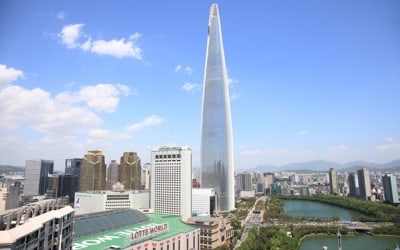
Collections
Seoul Tower
11 Activities
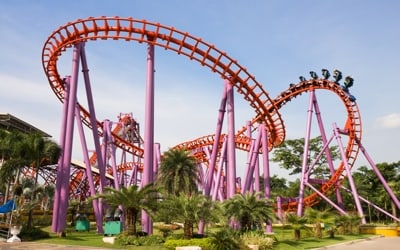
Collections
Theme Park & Games
27 Activities
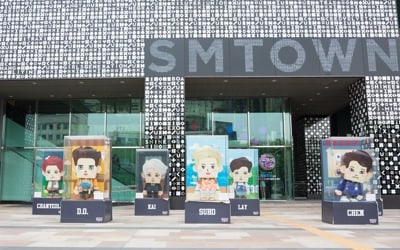
Collections
Shows & K-Pop
24 Activities
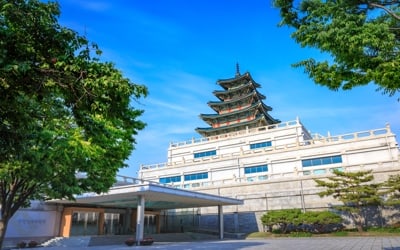
Collections
Museums
14 Activities
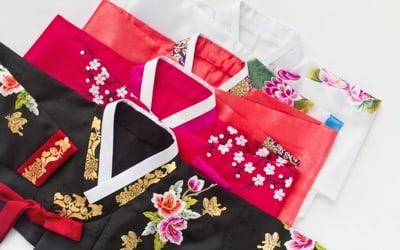
Collections
Hanbok
10 Activities
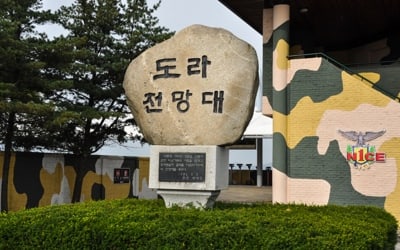
Collections
DMZ & JSA
21 Activities
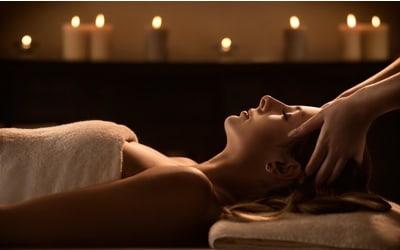
Collections
Spa
15 Activities

Collections
Art, History & Culture
36 Activities

Collections
By Bus
11 Activities
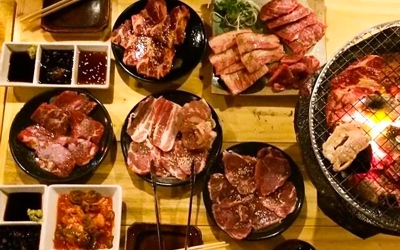
Collections
Gourmet
37 Activities

